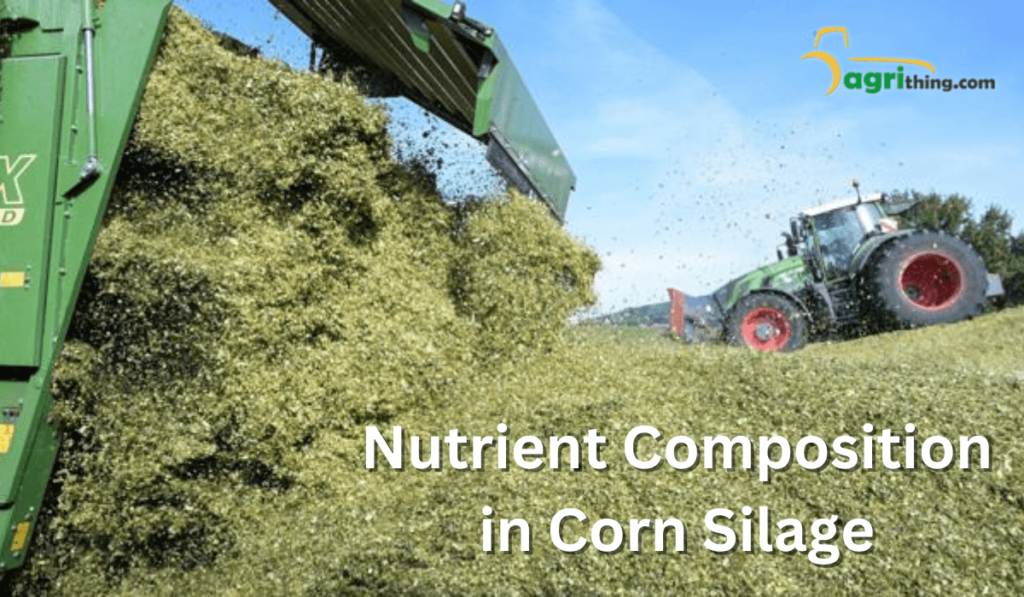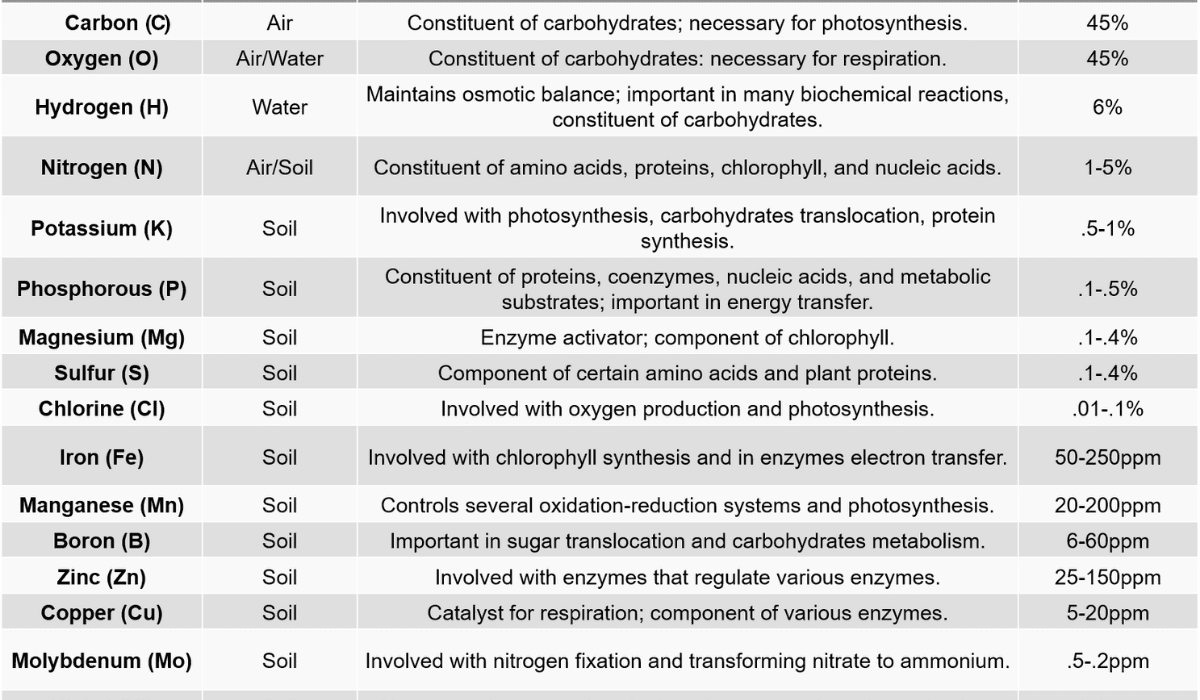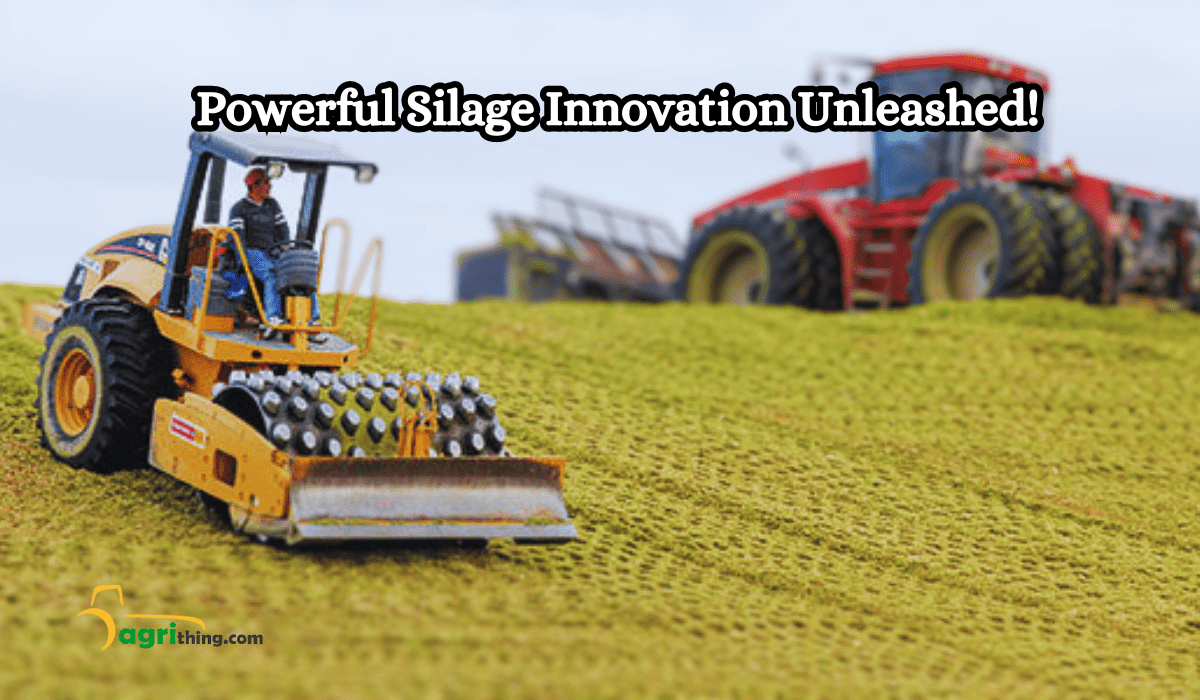Evaluate the Quality of Corn fodder
Corn fodder is an important food for animals. It gives them the nutrients and energy they need. But not all corn silage is the same. To ensure animals get the best nutrition, it’s important to check the quality of Corn fodder. In this article, we will discuss different things to consider and ways to check the quality of Maize feed.
Table of Contents
Introduction
Maize feed is created by chopping and preserving whole corn plants. It’s a common food for dairy cattle, beef cattle, and other animals that chew their cud. The quality of Maize feed is influenced by different things, like when it’s harvested, how it’s processed, and how it’s stored. Evaluating the quality of Maize feed helps farmers decide how to feed their animals and get the most out of them.
Factors Affecting Corn Fodder Quality
Several factors influence the quality of Maize feed. These include:
| Harvesting stage: | The best time to cut corn for silage is when the kernels are halfway developed, and the moisture content is around 30-35%. |
| Chop length: | The size of the chopped corn impacts how tightly it can be packed and how well it ferments. The best length for chopping is between 0.25 to 0.75 inches. |
| Moisture content: | The right amount of moisture is important for the fermentation and preservation of Corn fodder. It should have a moisture content between 60-70%. |
| Storage conditions: | When Maize feed is exposed to oxygen and experiences changes in temperature, it can affect the quality. Packing and sealing the silage properly and maintaining the right storage temperatures are important to ensure good quality. |
| Mycotoxin contamination: | Corn fodder can sometimes contain harmful mycotoxins that can negatively impact the health of animals. It’s important to regularly check and monitor the levels of mycotoxins to ensure the safety of the hay. |
Evaluating Moisture Content
The amount of moisture in Maize feed is important for determining its quality. If the moisture content is too high or too low, it can impact fermentation and cause spoilage. You can measure the moisture content using special testers or analyze it in a laboratory. Keeping the moisture content within the right range is crucial for preserving the nutrients and reducing the chances of mold growth.
Assessing Fermentation Quality
Evaluating the fermentation quality of Maize feed is crucial. Good fermentation results in the production of lactic acid, which helps preserve nutrients and prevent harmful microorganisms. To assess fermentation quality, we look for indicators such as a low pH level (around 3.5-4.5), a strong and distinct smell, and a pleasant sour odor. We can determine fermentation quality through visual inspection and by analyzing the pH levels in a laboratory.


Determining Nutrient Composition
It’s important to analyze the nutrients in Maize feed to create well-balanced diets for livestock. Laboratory analysis provides specific information about natural protein, fiber content, energy value, and other vital nutrients. Knowing the nutrient design helps farmers adjust the feeding program to meet the specific nutritional needs of their animals.
Analyzing Particle Size
The size of particles in animal feed affects how well the rumen ferments it and how effectively nutrients are used. The right particle size helps the rumen function better and lowers the risk of acidosis. We can evaluate particle size distribution by using mechanical methods or specialized equipment. Keeping the particle size within the ideal range improves feed efficiency and the performance of the animals.
Evaluating Mycotoxin Levels
Mycotoxins are harmful substances created by specific fungi that can contaminate Corn fodder. These compounds can cause animal health issues, reducing food consumption, decreased performance, and various diseases. Regularly testing for mycotoxin levels, like aflatoxins and fumonisins , helps detect possible contamination and implements necessary measures to minimize their negative effects.
Assessing Aerobic Stability
Aerobic stability refers to the ability of Maize feed to resist spoilage when exposed to air. Poor aerobic stability can result in mold growth, heating, and nutrient losses. Moisture content, density, and microbial activity influence aerobic stability. Monitoring temperature changes and conducting regular visual assessments can help detect signs of aerobic instability.
Measuring Residual Sugar
The amount of sugar left in Maize feed shows how well it fermented. When there’s less sugar left, it usually means the fermentation and preservation were better. In a lab, we can test the sugar levels with methods like high-performance liquid chromatography (HPLC). By monitoring the sugar levels, we can learn how well the fermentation is going and how good the feed might be.
Assessing Silage Density
Silage density affects how well nutrients are preserved by keeping out oxygen. Packing and compacting the silage properly increases its density and helps prevent unwanted fermentation. We can assess silage density by looking at it visually or using tools like penetrometers or pressure sensors. When silage is compacted well, it reduces spoilage and prevents the loss of nutrients while it’s being stored.
What texture and uniformity characteristics should be present in high-quality silage?
| Criteria | Evaluation Parameters |
|---|---|
| Moisture content | Ideally, Maize feed should have a moisture content of 60-70% for optimal fermentation and preservation. |
| Colour and odour | Silage should have a pleasant, slightly sweet odour and greenish-brown colour. Foul or musty odours indicate poor fermentation or spoilage. |
| Texture and uniformity | Silage should have a uniform, chopped texture with well-distributed corn kernels. Clumps or moulds may indicate poor fermentation or uneven packing. |
| pH level | The pH level of properly fermented Corn fodder should be around 3.5-4.5. Higher pH levels indicate incomplete fermentation, which can affect feed quality and storage stability. |
| Dry matter content | Maize feed should ideally have a dry matter content of 30-40%. Higher levels may indicate over-drying and reduced nutrient availability, while lower levels may result in spoilage or excessive moisture. |
| Protein and energy | Quality Corn fodder should contain adequate levels of |
| content | protein and energy, which can be assessed through laboratory analysis for accurate measurements. |
| Presence of moulds | Moulds can indicate poor fermentation or spoilage Presence of visible mould growth or musty smell should be investigated further. |
| Nutrient preservation | Silage should retain nutrients like carbohydrates, fiber, and minerals. Proper fermentation ensures better nutrient preservation. |
| Animal performance | Ultimately, evaluating Maize silage feed quality includes assessing animal performance, such as milk production, growth rates, and overall health, to determine its impact on livestock. |
Testing pH Levels

pH levels are important for checking Maize silage feed fermentation quality. A lower pH (acidic) means the fermentation is better, and more nutrients are preserved. Farmers can use pH meters or pH indicator strips to monitor pH levels and make necessary changes.
Evaluating Silage Appearance
How Corn fodder looks can tell us a lot about its quality. When it’s good quality, it should have a consistent texture, a nice smell, and be a bright green or golden color. If there are any signs of mold, bad smells, or color changes, it could mean that the fermentation process didn’t go well or that there’s mycotoxin contamination. Checking the silage regularly with your eyes can help spot any problems early on.
Assessing Storage Conditions
It’s important to store Maize silage feed properly to keep its quality intact. Silos or pits should be tightly sealed to keep out oxygen and shielded from too much moisture or temperature changes. Checking the storage conditions regularly, like ensuring good airflow and keeping rodents away, helps keep the silage fresh and reduces the chance it doesn’t go well.
Conclusion
To provide animals with the best nutrition, it’s important to consider the quality of Maize silage feed. Several factors affect its quality, such as when it’s harvested, how it’s chopped, how much moisture it has, how it’s stored, if it’s infected with harmful substances called mycotoxins, and what nutrients it contains. Evaluating things like moisture, fermentation, nutrients, size, mycotoxins, stability, sugar, density, pH, and appearance helps determine the quality of Maize silage feed. It’s also important to store it properly to maintain its quality. Farmers can give animals high-quality Corn fodder by looking at these factors, which helps keep them healthy and performing well.
Frequently Asked Questions (FAQ’s)
How do I evaluate the quality of Corn fodder?
To check if corn silage is of good quality, examine its color, smell, texture, and moisture level, and look for any signs of mold or other unwanted substances.
What are the key indicators of high-quality corn silage?
High-quality corn silage has a nice smell, bright green color, and good texture, ferments well, and is free from mold or harmful substances.
What should I look for when assessing corn silage quality?
When you evaluate the quality of Maize silage feed, pay attention to its color, smell, texture, moisture level, and fermentation qualities, and ensure no molds or contaminants are present.
How can I determine the moisture content of corn silage?
To determine how much moisture is in corn silage, use a moisture tester or send a sample to a laboratory for analysis.
What are the common problems with corn silage quality?
Several common issues can affect the quality of Maize silage feed. These include having too much moisture, a lack of proper fermentation, mold growth, unwanted contaminants, and deficiencies in nutrients.
Related Articles
Looking to enhance your knowledge about silage? Explore our informative blog posts on the topic.
Want to purchase top-quality silage? Visit our Agricomplex website to explore our wide range of silage products.
People Also Ask
How long can Corn fodder be stored?
Properly stored Corn fodder maintains nutritional value and palatability for months to a year.
Can moldy corn silage be fed to animals?
Moldy Maize silage feed can harm animals because of mycotoxins. It’s best to avoid giving them moldy hay to keep them healthy and performing well.
How often should Corn fodder be tested for nutrient composition?
Regular testing for nutrient composition is recommended, especially when there are changes in corn varieties, growing conditions, or management practices. Testing at least once a year or whenever significant changes occur helps ensure accurate diet formulation.
Can Corn fodder quality be improved after ensiling?
Proper compaction, sealing, and storage conditions improve Corn fodder quality and reduce nutrient losses.
Is corn silage suitable for all livestock?
Maize silage feed is commonly given to cows for efficient digestion, but it may not work well for pigs or poultry due to their different digestive systems.




